Testimony of the Day
“I purchased your 30-day accelerated meal plan package around November and have lost over 35 lbs. (I started cutting out carbs in August by reading your blog) My doctor had warned me about my weight gain so when I saw her in January for routine blood test she was ecstatic about my results, both in my blood numbers and my weight loss. Thank you so very much for all of your shared knowledge! Now, my naturally thin husband and kids are on board…BTW, hubby and 1 son have genetically high cholesterol, looking forward to their blood test results after 6 months on your program! My best friend and her family have purchased your assessment and books and are on their way to great health also! I praise God for you, Maria! Thank you!” – Susan
To get the results fast, click HERE for easy to follow keto-adapted meals.
A year from now, you will thank yourself!
ADHD and WHEAT
Parents who have children with ADHD most often understand they need to cut out the sugar, but grains are often overlooked. Even “sprouted wheat” and “whole grains” are just glucose molecules linked together in long chains; the digestive tract breaks it down into sugar. So a sugary diet and a starchy diet are the same things.
But, let’s get back to wheat. Gluten is the protein found in wheat, rye, barley, and oats. Have you put flour and water together to make your own gooey paste? In Poland, they use this for wallpaper paste. I’m not putting that “gummy” paste in my body; it causes way too much inflammation.
After the digestive tract, the most commonly affected system to be affected by gluten is the nervous system. It is thought that ADHD can be caused by gluten in one of two ways.
The first area addresses the inflammatory changes gluten can cause. A gluten sensitive individual’s immune system responds to the protein gliadin. Unfortunately, that protein is similar in structure to other proteins present in the body, including those of the brain and nerve cells. Cross-Reactivity can occur where the immune system “confuses” proteins in the body for the protein gliadin. This is called cellular mimicry and the result is the body attacking its own tissues with inflammation resulting.
When inflammation happens in the brain and nervous system, a variety of symptoms can occur, including ADHD. Research shows us that patients with symptoms involving the nervous system suffer from digestive problems only 13% of the time. This is significant because mainstream medicine equates gluten sensitivity almost exclusively with digestive complaints. Please note, that even though most doctors will dismiss a gluten allergy/sensitivity if you don’t have any digestive issues, this is not true. You can have problems with gluten that show up in other parts of your body, not just the digestive tract. Gluten can attack any organ: thyroid, gallbladder, nervous system, joints (arthritis), cellular membrane (multiple sclerosis), you name it.
In addition to circulation problems, other research looks at the association between gluten sensitivity and its interference with protein absorption. Specifically, the amino acid tryptophan can be deficient, which is essential for brain health. Tryptophan is a protein in the brain responsible for a feeling of well-being and relaxation. A deficiency can be correlated to feelings of ADHD, sleep issues and anxiety. 90% of serotonin production occurs in the digestive tract. So it makes sense that food might have an effect, either positive or negative, on serotonin production.
Encounters with allergens stimulate the release of serotonin and histamine from mast cells in the body. This increased effect alters arousal, attention, activity, and vigilance. As a result, a highly allergic child can be either quite sluggish or hyperactive, depending upon the system of the allergic reaction. Eliminating all allergens from the diet will eliminate hyperactivity or lethargy and inattention.
So when I tell clients to eat “gluten-free” they often grab all the “gluten-free” pre-packaged foods on the shelf, but that most likely will cause weight gain and slow the healing process in your gut. Rice flour, the common flour substitute in gluten-free products, is higher in calories, higher in carbohydrates, and lower in nutrients than regular flour. It can cause more inflammation in our bodies. So my recommendation is to use make your own healthier options by using almond flour and coconut flour, which are very easy to digest. The healthy fats in nuts actually are nourishing to our brain.
I know some people think I am crazy that I’m not a fan of fruit, BUT fruit sugar is fructose which is metabolized differently in the body.
Why FRUCTOSE is so harmful:
1. Fructose can only be metabolized by the liver; glucose, on the other hand, can be metabolized by every cell in the body. Fructose raises triglycerides (blood fats) like no other food. Fructose bypasses the enzyme phosphofructokinase, which is the rate-limiting enzyme for glucose metabolism. Fructose is shunted past the sugar-regulating pathways and into the fat-formation pathway. The liver converts this fructose to fat, which, unfortunately, remains in the liver = FATTY LIVER DISEASE. Consuming fructose is essentially consuming fat! This is why I see so many children with the fatty liver disease…they aren’t drinking alcohol, they are drinking sodas, juices and consuming too much fructose!
2. Fructose reduces the sensitivity of insulin receptors, which causes type II diabetes. Insulin receptors are the way glucose enters a cell to be metabolized. Our cells become resistant to the effects of insulin and as a result, the body needs to make more insulin to handle the same amount of glucose. We also start to produce insulin as a defense mechanism even if we don’t eat any sugar or starch. YIKES! This is why we should allow our children to eat so much sugar and starch either…even though they are thin and active, you are setting them up for an adulthood where they can’t enjoy a dessert without reaping the adverse effects. I grew up on Fruity Pebbles and skim milk for breakfast, Cocoa Pebbles for dinner, which is why I am so sensitive to glucose.
3. Fructose is high in uric acid, which increases blood pressure and causes gout.
4. Fructose increases lactic acid in the blood. High levels cause metabolic acidosis especially for those with conditions such as diabetes.
5. Fructose accelerates oxidative damage and increases aging. Fructose changes the collagen of our skin making it prone to wrinkles.
6. High consumption of fructose leads to mineral losses: iron, calcium magnesium and zinc, which can lead to low bone density (osteoporosis). It also interferes with copper metabolism. This causes collagen and elastin to be unable to form, which are the connective tissue that holds the body together. A deficiency in copper can also lead to infertility, bone loss, anemia, defects of the arteries, infertility, high cholesterol levels, heart attacks and inability to control blood sugar.
7. Fructose has no effect on our hunger hormone ghrelin and interferes with the brain’s communication with leptin, which is the hormone that tells us to stop eating and you CAN become leptin resistant!
Is an apple the downfall of American’s weight issue, no, BUT if you are already insulin sensitive jicama would be a healthier alternative that has a texture just like an apple.
1 large jicama, cut into 1-inch squares
Caramel Layer:
6 tbsp butter
1 cup Swerve OR xylitol
1/2 cup heavy whipping cream
TOPPINGS:
Crushed nuts
First off make the caramel sauce.
Using Swerve OR Just Like Sugar: Before you begin, make sure you have everything ready to go – the cream and the butter next to the pan, ready to put in. Work fast or the sweetener will burn. Heat butter on high heat in a heavy-bottomed 2-quart (2 L) or 3-quart (3 L) saucepan. As soon as it comes to a boil, watch for specks of brown (this is brown butter….so good on veggies!). Immediately add the Just Like Sugar® and the cream to the pan. Whisk until caramel sauce is smooth. Let cool in the pan for a couple of minutes, and then pour into a glass mason jar and let sit to cool to room temperature. Store in the refrigerator for up to 2 weeks.
Using Xylitol: Again have everything ready. Wear oven mitts; the caramelized sugar will be much hotter than boiling water. In a heavy-bottomed 2-quart (2 L) or 3-quart (3 L) saucepan, heat sweetener on moderately high heat. As it begins to melt, stir vigorously with a whisk or wooden spoon. As soon as it comes to a boil, stop stirring. You can swirl the pan a bit if you want, from this point on. As soon as all of the xylitol crystals have melted (the liquid should be dark amber in color), immediately add the butter to the pan. Whisk until the butter has melted. Once the butter has melted, take the pan off the heat. Count to three, then slowly add the cream to the pan and continue to whisk to incorporate. Note that when you add the butter and the cream, the mixture will foam up considerably. Whisk until caramel sauce is smooth. Let cool in the pan for a couple of minutes, then pour into a glass mason jar and let sit to cool to room temperature. Store in the refrigerator for up to 2 weeks.
Dip the jicama squares into the caramel. Roll in nuts (I used my granola recipe). Set on parchment paper. Enjoy!
NUTRITIONAL COMPARISON (per 2 TBS)
Traditional Caramel Sauce = 130 calories, 24 carbs, 0 g fiber
“Healthified” Just Like Sugar = 51 calories, 12 carbs, 12 g fiber, (0 effective)
“Healthified” Xylitol Caramel = 60 calories, 1 carb, 0 fiber (1 effective)
1 cup apple = 65 calories, 18 carbs, 3g fiber
1 cup jicama = 45 calories, 11 carbs, 6.5g fiber


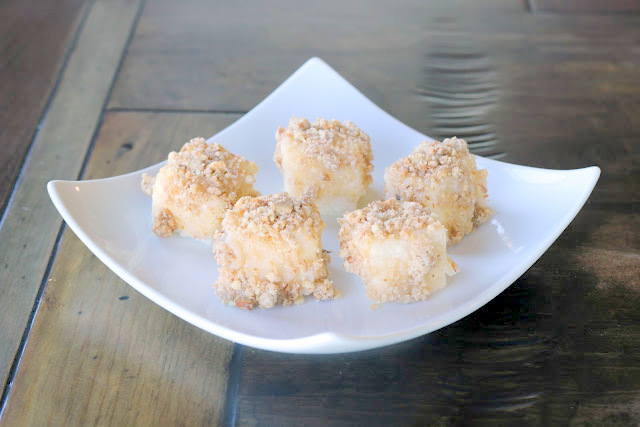

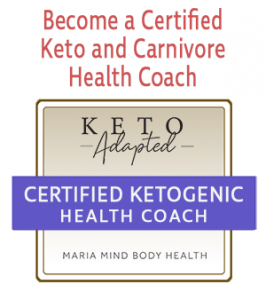

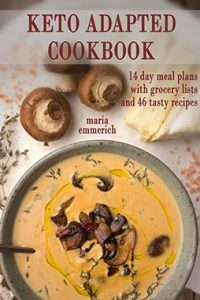
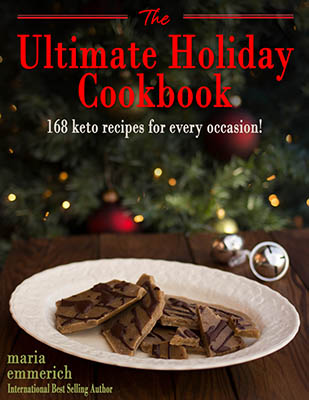
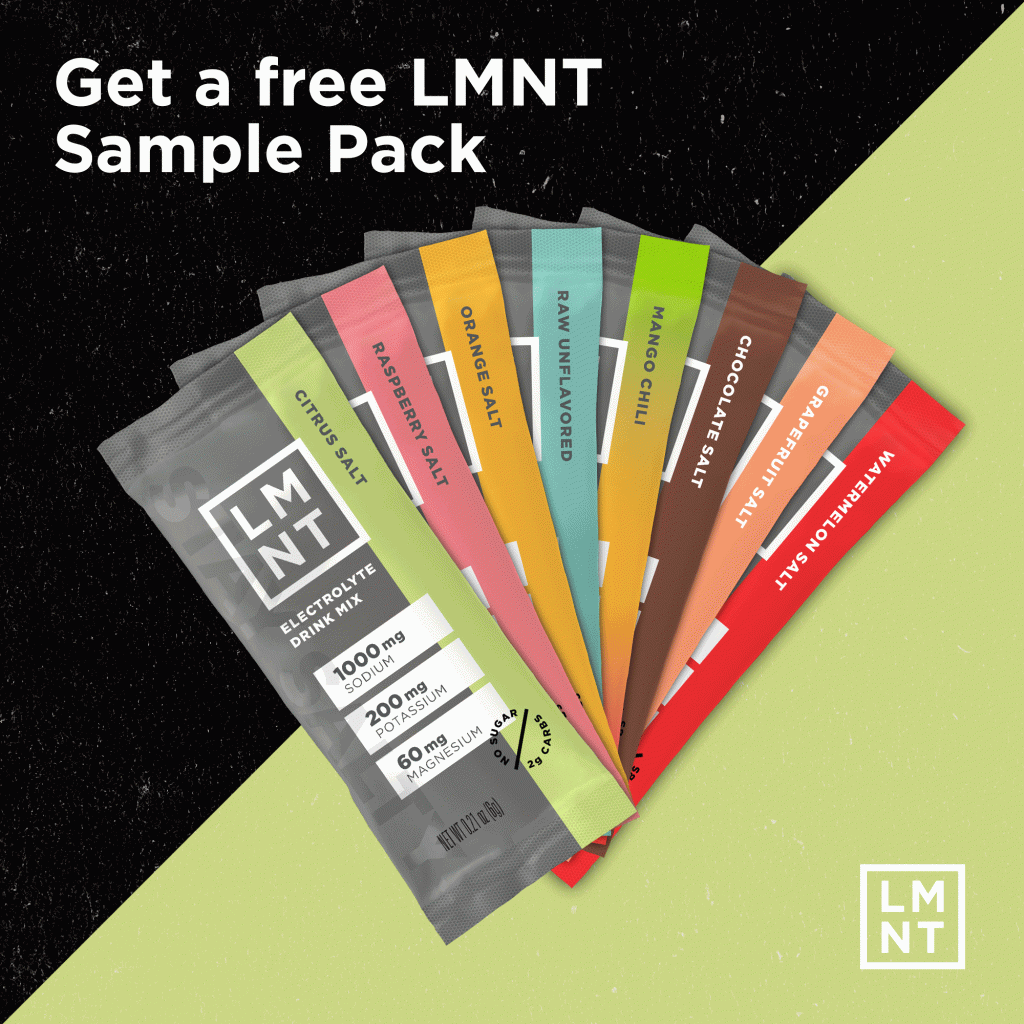
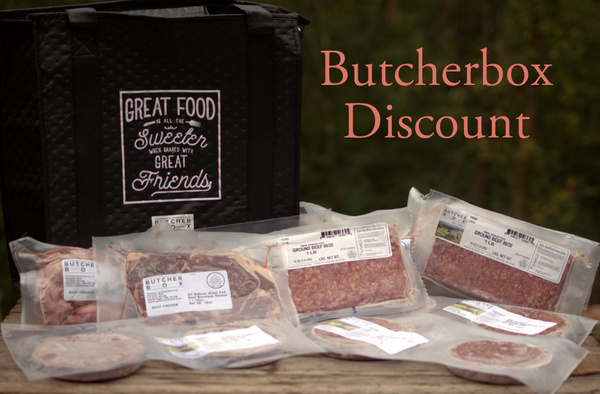


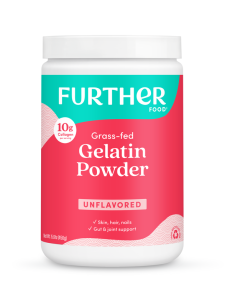

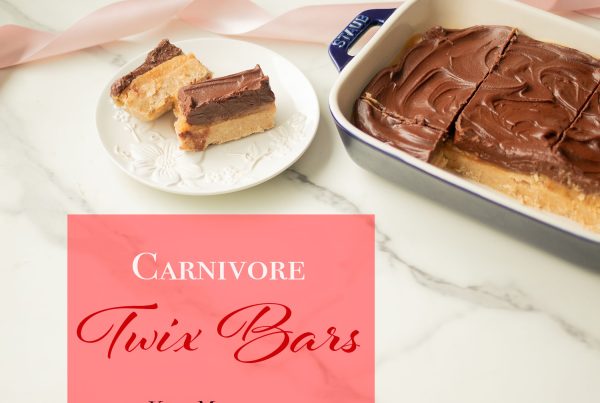
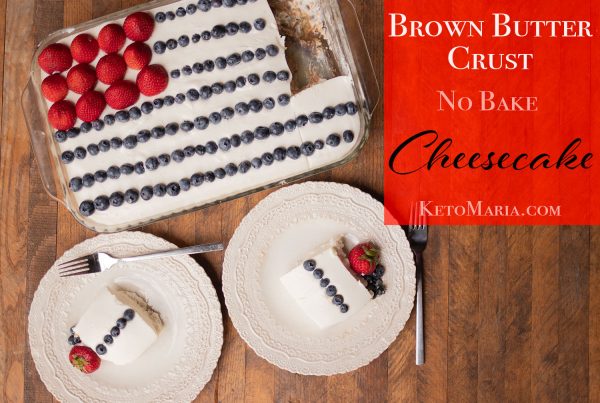
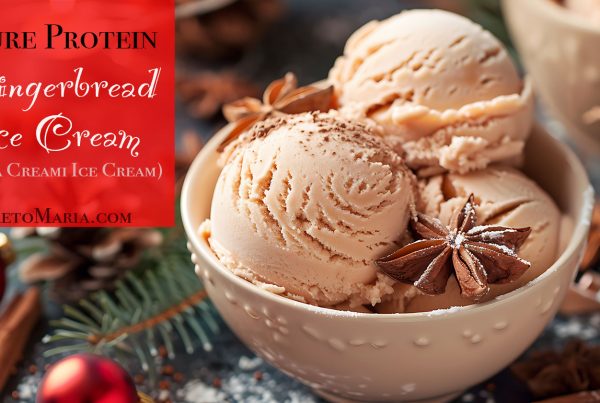
This sounds great! I just bought your revised and updated book on the metabolism and I’m loving the information. I will try this in the next few days.
Roberta at Redefined Foodie
Thank you SO much for your support!
Happy Eating!
Hi Maria! I just found your blog, and I want to thank you so much for your amazing recipes and all the information you provide! I have been living a low carb, low sugar lifestyle since last March, and your recipes are all right up my alley! I’m so glad I found your blog!
Thank you for your kind words Staci! You are very sweet;)))
Fruit sugar is a fructose but when eaten as fruit (with vitamins, minerals and fiber) isn’t it processed differently than other forms of fructose, and therefore not a problem food?
Actually fructose is fructose, no matter what the form. Fruit is better than a can of soda but it still is processed in the body like this. Even the Paleo community preaches this. Is an apple the devil? No. But fruit should be treated like a dessert rather than a “free” food.
Happy eating!
This looks fabulous. I just made the caramel sauce. But I must have done something wrong, because the butter separated. I wish I could see a demonstration of it.
Maria, You need a you-tube channel 🙂
There is a technique to it. I have some client video tutorials, but not this one. Maybe I’ll have to add it. 🙂
I am soooooo glad to find you! I have a FB page called Sugar free me and I talk all the time about how I beleive fructose is as detrimantal as sucrose. I guess I am lucky that I have never been a big fan of fruit, but I know that when I cut out my blueberry smoothies (no additional sugar added) every morning I lost that last 10 pounds that never seemed to want to budge even though I worked out and ate an appropriate number of calories. I have shared this info with my peeps along with Dr Mercola’s article about the 76 dangers of sugar. Thank you so much for being a sane raft in a sea of sugared insanity!
Thabk you! 🙂
Oh, and I ordered the just like sugar plain and brown and a bag of swerve from your store!
Thanks so much for your support!!
I LOVE your caramel recipe, and as an experiment, to make it go further, I added a little more cream and 2 scoops of unflavored jay robb protein powder. It was still so delicious. I have to be careful because this is literally something I could just pig out on. Delicious.
Thank you! 🙂
can you use splenda in the sauce?
I really do love you…..just sayin’
You are so sweet! Thank you! 🙂
When using the Just like sugar in your recipes do you use the baking or tabletop variety, does it make a difference? Thanks…
I don’t notice a difference when baking with them so I just use whatever is cheapest. 🙂
Is erythritol not a good sub? I don’t have the swerve or just like sugar brands. I do have xylitol but I notice a lot of gastric issues when I use it.
Yes, erythritol is a good sub.
Looks like a good recipe! However, I can’t help it…. I think you meant to say whisk…? Sifting is when you pass something through a sifter, you are using a whisk and stirring, which is called whisking.
In a heavy-bottomed 2-quart (2 L) or 3-quart (3 L) saucepan, heat sweetener on moderately high heat. As it begins to melt, stir vigorously with a whisk or wooden spoon. As soon as it comes to a boil, stop stirring.
Then you go on to say, add butter… Cream…
Ummmm… How and with what do we “bring the Xylitol” to a boil? I see no other ingredient listed…
Soo… I gave this a go with xylitol but didn’t feel safe getting it to boiling. I got it smoking. Looked up the boiling temp which is apparently over 200°C and decided smoking was good enough. The color was still clear however. The final product looks more light golden yellow and its still fairly runny, but the taste…. Wow… I added a bit of salt and vanilla… It’s really good. I added a tiny bit of xantham gum and it’s the perfect consistency. Amazing. Delishous!
Thank you!
Maria that looked like powdered sweetener on your video. I use Swearve so just want to make sure on type before doing this recipe. Thanks for all you do and kiss the boys! 🙂
You are so sweet!!!!
I used granular Swerve, and I guess it didn’t really “melt” all the way as the caramel is grainy. Do you know how to fix that? Flavor is amazing though!
Yikes. Sorry. No:(